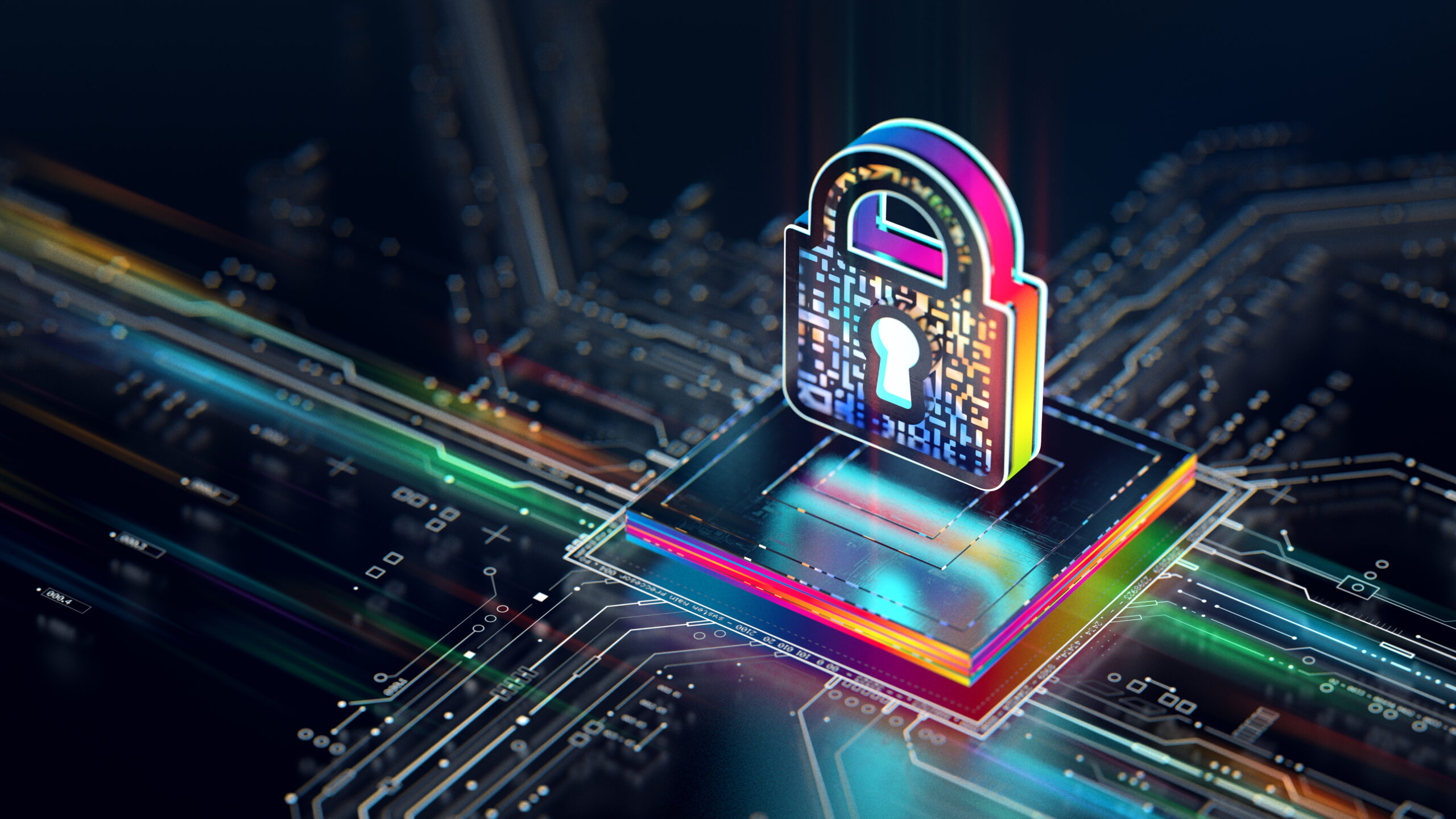The Following Frontier: Insightful Cybersecurity Predictions for the Coming Year
As we approach the brand-new year, the cybersecurity landscape is on the edge of noteworthy transformation. Trick factors such as the assimilation of advanced AI modern technologies, the inescapable rise of innovative ransomware, and the tightening of information privacy laws are shaping the future of digital security. The continuous prevalence of remote work proceeds to expose brand-new susceptabilities that organizations need to navigate. Comprehending these characteristics is vital for anticipating the difficulties ahead and tactically strengthening defenses, yet the implications of these modifications continue to be to be fully checked out.
Increase of AI in Cybersecurity
In the swiftly evolving landscape of cybersecurity, the integration of expert system (AI) is arising as a crucial force in enhancing threat detection and reaction abilities. AI innovations, such as artificial intelligence formulas and deep discovering versions, are being increasingly deployed to analyze vast quantities of information and recognize patterns a measure of protection hazards. cybersecurity and privacy advisory. This makes it possible for companies to proactively resolve susceptabilities prior to they can be made use of
The increase of AI in cybersecurity is especially considerable in its capability to automate routine tasks, enabling human analysts to focus on even more intricate safety problems. By leveraging AI, cybersecurity teams can reduce response times and boost the precision of danger assessments. AI systems can adapt and learn from brand-new dangers, constantly refining their discovery systems to stay in advance of harmful actors.
As cyber hazards become a lot more advanced, the demand for innovative services will certainly drive additional investment in AI modern technologies. This pattern will likely lead to the growth of enhanced safety and security devices that integrate predictive analytics and real-time surveillance, ultimately strengthening business defenses. The shift towards AI-powered cybersecurity services stands for not simply a technical shift however a fundamental adjustment in exactly how companies approach their safety and security strategies.
Boost in Ransomware Attacks
Ransomware strikes have ended up being a widespread threat in the cybersecurity landscape, targeting companies of all dimensions and across different fields. As we advance into the coming year, it is anticipated that these assaults will certainly not only enhance in regularity yet also in elegance. Cybercriminals are leveraging innovative tactics, including using expert system and machine discovering, to bypass typical security steps and make use of susceptabilities within systems.
The rise of ransomware attacks can be attributed to a number of aspects, including the increase of remote work and the expanding dependence on electronic solutions. Organizations are often unprepared for the developing risk landscape, leaving important framework susceptible to breaches. The financial ramifications of ransomware are incredible, with firms encountering substantial ransom money needs and possible long-term operational disruptions.
In addition, the trend of double extortion-- where aggressors not just secure information however likewise endanger to leak delicate info-- has gotten traction, further coercing targets to follow needs. Because of this, services need to prioritize robust cybersecurity steps, consisting of normal back-ups, worker training, and incident reaction preparation, to mitigate the dangers related to ransomware. Failing to do so could lead to ruining repercussions in the year ahead.
Evolution of Information Privacy Regulations
The landscape of information privacy policies is undertaking considerable change as federal governments and companies react to the raising worries surrounding individual data defense. In current years, the application of extensive structures, such as the General Data Protection Guideline (GDPR) in Europe and the California Consumer Personal Privacy Act (CCPA) in the USA, has established a precedent for stricter privacy regulations. These regulations stress consumers' civil liberties to control their information, mandating transparency and liability from organizations that accumulate and process individual details.

Additionally, organizations will need to improve their compliance techniques, buying advanced technologies and training to protect sensitive information. The evolution of information personal privacy laws will certainly not just effect how companies operate yet also form consumer expectations, cultivating a culture of trust and safety and security in the electronic landscape.
Development of Remote Job Vulnerabilities
As companies remain to accept remote work, susceptabilities in cybersecurity have actually progressively Look At This concerned the leading edge. The change to versatile work arrangements has actually subjected important spaces in security methods, particularly as workers access delicate information from varied areas and gadgets. This decentralized workplace produces an expanded assault use this link surface for cybercriminals, that make use of unsafe Wi-Fi networks and individual devices to penetrate corporate systems.

To mitigate these vulnerabilities, companies should focus on comprehensive cybersecurity training and execute durable security structures that encompass remote job circumstances. This includes multi-factor authentication, normal system updates, and the facility of clear protocols for data accessibility and sharing. By addressing these vulnerabilities head-on, firms can foster a much safer remote job setting while maintaining operational durability despite evolving cyber risks.
Improvements in Hazard Discovery Technologies


Aggressive risk detection has actually become a cornerstone of modern-day cybersecurity techniques, mirroring the immediate need to neutralize progressively innovative cyber dangers. As organizations face an advancing landscape of vulnerabilities, advancements in danger detection modern technologies are vital in mitigating threats and improving safety and security stances.
One significant fad is the combination of artificial intelligence and equipment discovering right into risk discovery systems. These technologies make it possible for the analysis of large quantities of information in real time, permitting for the identification of abnormalities and possibly malicious activities that might evade conventional security procedures. In addition, behavioral analytics are being carried out to develop baselines for typical customer task, making it simpler to detect discrepancies a measure of a breach.
Furthermore, the increase of automated hazard intelligence sharing systems facilitates collaborative protection initiatives throughout industries. This real-time exchange of information Continue improves situational recognition and increases response times to emerging threats.
As organizations remain to buy these advanced technologies, the performance of cyber defense reaction will substantially boost, encouraging protection groups to remain one step ahead of cybercriminals. Ultimately, these advancements will play an important function in forming the future landscape of cybersecurity.
Verdict
In recap, the future year is anticipated to witness transformative advancements in cybersecurity, driven by the integration of AI modern technologies and a remarkable boost in ransomware attacks. On the whole, these developing dynamics highlight the crucial importance of adjusting to an ever-changing cybersecurity landscape.